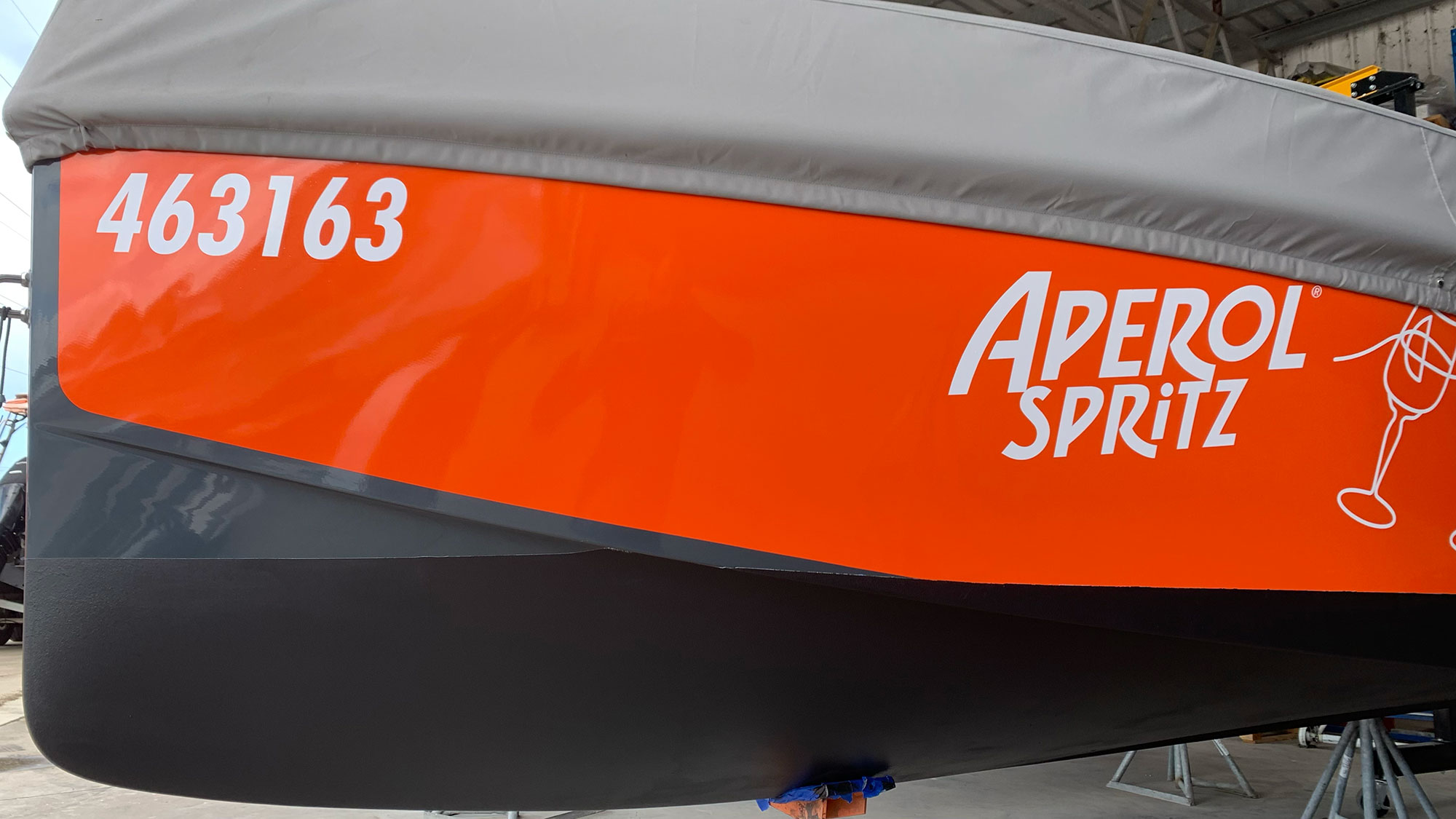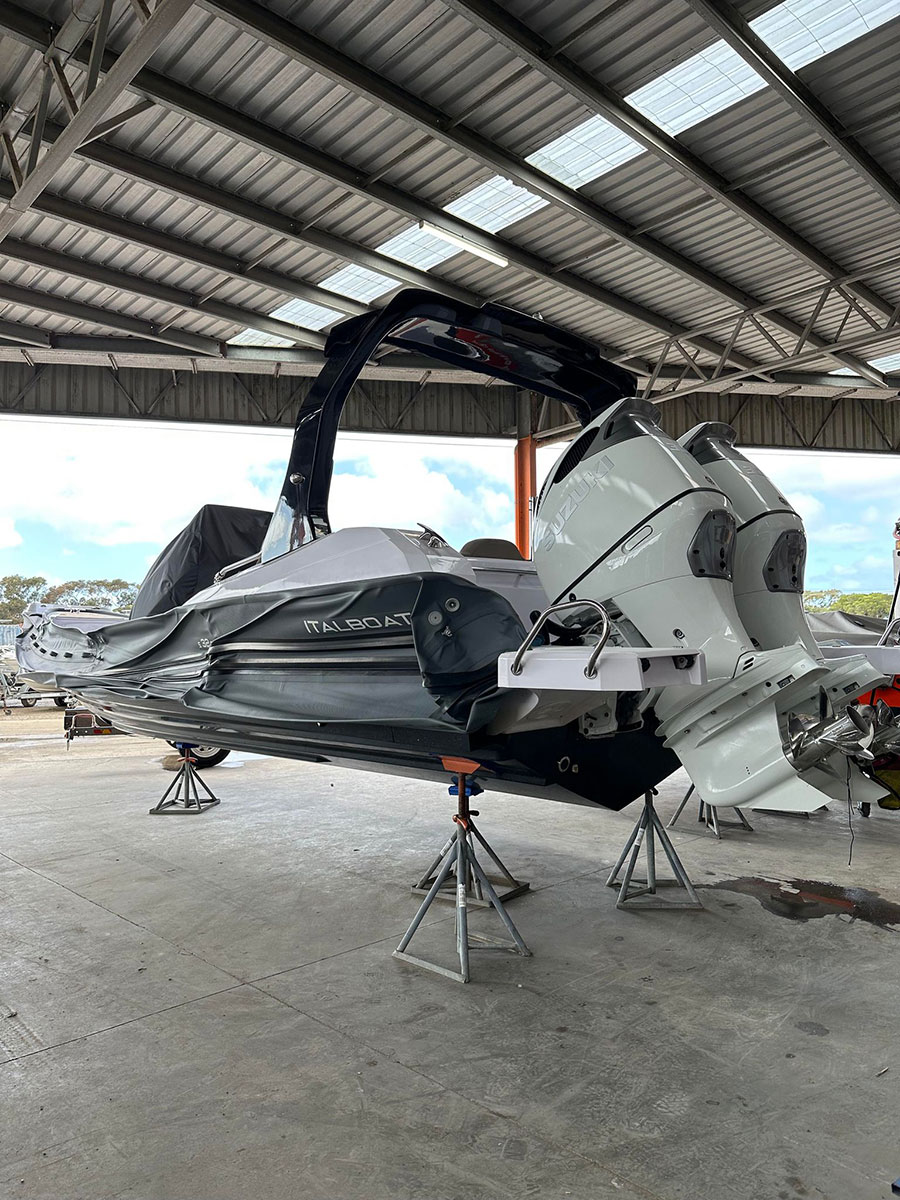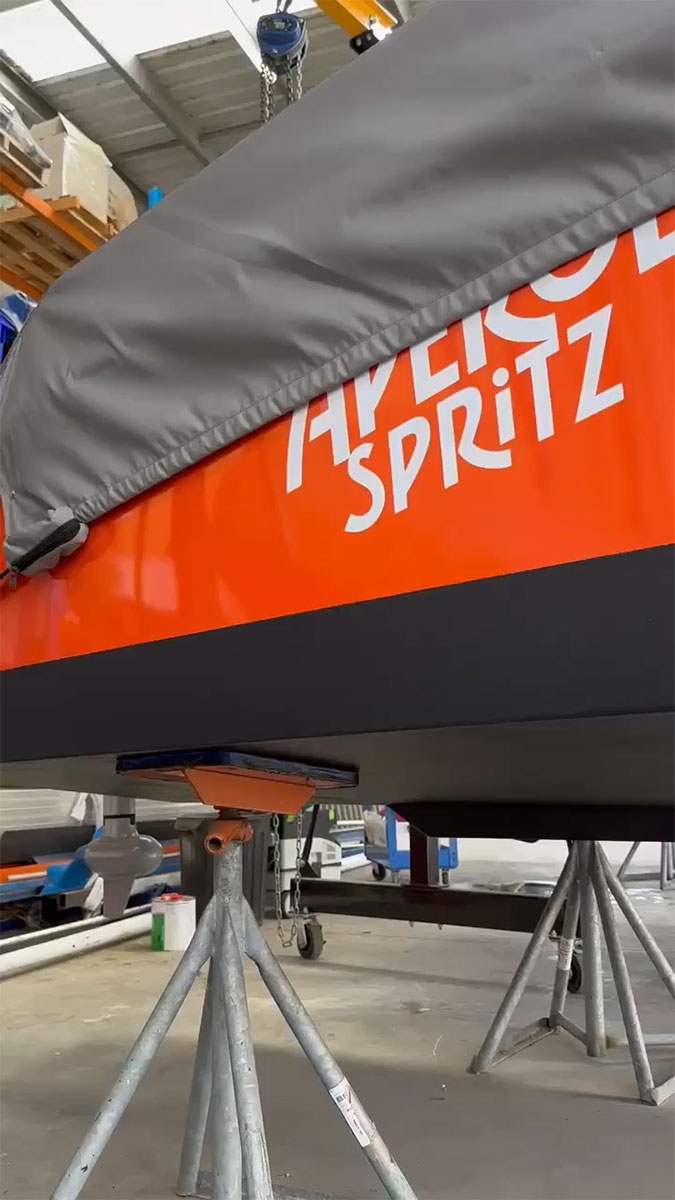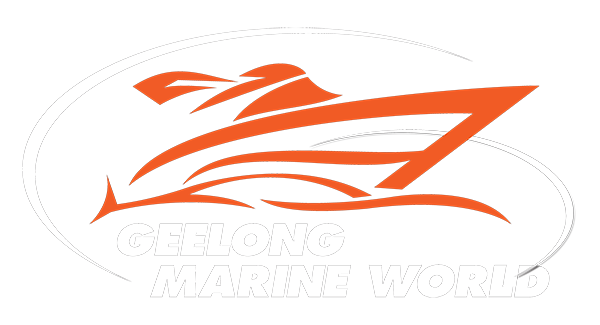Boat antifoul, also known as antifouling paint or bottom paint, is a specialized coating applied to the hulls of boats and other watercraft to prevent the accumulation of marine organisms and biofouling. Biofouling refers to the growth of algae, barnacles, mollusks, and other aquatic organisms on the underwater surfaces of a vessel. These organisms can attach themselves to the hull and create drag, reducing a boat’s speed and fuel efficiency.
Boat antifoul is a protective coating designed to keep the underwater surfaces of boats and ships free from marine organisms and the negative effects of biofouling. It is a vital component of boat maintenance, as it helps to extend the lifespan of the vessel and maintain optimal performance.
Key characteristics and features of boat antifoul include:
- Biofouling Prevention: Boat antifoul is formulated with special chemicals that deter the attachment and growth of marine organisms on the hull. This helps prevent the accumulation of barnacles, algae, mussels, and other organisms that can negatively impact a boat’s performance.
- Improved Efficiency: By reducing the buildup of biofouling, antifouling paint helps maintain a smooth and clean hull surface, which improves hydrodynamics. This, in turn, enhances the boat’s speed and fuel efficiency.
- Long-Lasting Protection: Most boat antifoul coatings are designed to provide protection for extended periods, typically one to three years, depending on the type and quality of the paint used.
- Environmentally Friendly Options: In recent years, there has been a focus on developing environmentally friendly antifouling paints that minimize the release of harmful chemicals into the water. These paints use alternative methods, such as copper-free formulations or silicone-based coatings, to achieve their antifouling properties.
- Compatibility: Boat owners must choose antifoul paint that is compatible with their boat’s hull material (e.g., fiberglass, wood, aluminum) and intended use (e.g., freshwater or saltwater). There are specific formulations for different applications.
- Application Process: Applying boat antifoul typically involves cleaning and preparing the hull, applying multiple coats of the paint, and allowing it to dry thoroughly before launching the boat. Proper application is essential for effective protection.
- Regular Maintenance: Over time, the effectiveness of antifoul paint may diminish, so regular inspections and, if necessary, recoating are essential to maintain protection.
In summary, boat antifoul is a specialized paint designed to protect the underwater surfaces of boats and ships from the growth of marine organisms and biofouling. It plays a crucial role in preserving a vessel’s performance, fuel efficiency, and overall lifespan while contributing to a more enjoyable and efficient boating experience.





